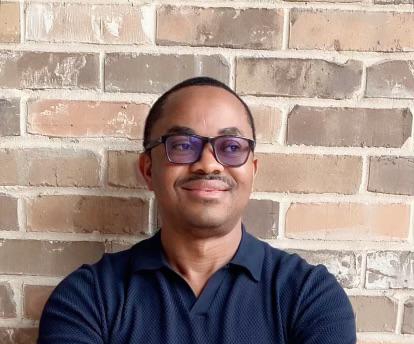Whether or not cryonics ultimately works remains to be seen. Who knows whether in the future and with the right amount of money, one might be able to purchase additional years of life. The hope is that these extended years will not be marred by pain and suffering typically associated with an aged body, for what joy is there in immortality without peace and happiness?
Scientists have gone from crafting flying contraptions capable of moving massive payloads through unfriendly skies to exploring the vast expanse of the cosmos, affirming that the concept of impossibility is nothing. Yet, their ambition now surpasses earthly confines as they endeavor to replicate the divine feat of Lazarus’s resurrection on a monumental scale. This profound aspiration propels neuroscientists into the captivating realm of cryogenics, igniting a pioneering journey into uncharted territories of human potential.
As Romans 6:23 declares in the Bible, death is the wage of sin, while eternal life is bestowed through Jesus Christ. However, should scientists achieve their audacious quest to redefine the boundaries of life and death, the interpretation of this sacred passage may undergo profound transformation. A future where cryonics reigns may unveil a sobering truth: it’s not sin but poverty that exacts the ultimate toll, condemning only the economically deprived to the clutches of mortality.
Cryogenics, unraveling the mysteries of material behavior in extreme cold, lays the groundwork for cryonics—a revolutionary technique offering the promise of resurrection from suspended animation. In a landscape where conventional medicine falters in curing myriad ailments, preserving the body in suspended animation emerges as a beacon of hope for future medical breakthroughs.
Embraced fervently by futurists, cryonics challenges conventional notions of death. In an era where cardiac arrest no longer signifies the cessation of life, cryonics enthusiasts posit a radical notion: freezing the intricate neural connections that define our essence preserves our identity intact. With advancements on the horizon, the resurrection of the cryopreserved beckons—a testament to humanity’s relentless pursuit of immortality.
Most of the focus in cryonics research centers around inducing human hibernation. Cell biologist Mark Roth’s groundbreaking work involved subjecting the first vertebrate, zebra fish embryos, to oxygen deprivation, resulting in a 24-hour suspended animation state where cellular activities ceased.
Defense Advanced Research Projects Agency (DARPA), an agency of the United States Department of Defense responsible for the development of emerging technologies for military use, reportedly allocated over $9 billion to the Texas A&M Institute for Preclinical Studies (TIPS) to explore hydrogen sulfide’s potential to induce suspended animation by inhibiting oxygen production in the body.
Dr. Peter Rhee, a Tucson trauma surgeon, secured FDA approval for human trials of his suspended animation technique. Rhee’s method, tested extensively on pigs over two decades, involves inducing severe hypothermia to slow vital functions, offering critical patients more time, particularly beneficial in military or emergency scenarios with limited access to immediate medical care.
Since cryonics pushes the boundaries of science and ethics, few religious groups are enthusiastic about it. It reignites moral and ethical debates similar to those surrounding stem cell research. Skeptics fear that cryonics supporters aim not only to find relief from fatal injuries or diseases but also to supplant God’s eternity with man’s, tempting humanity with the notion that science can offer ultimate healing and eternal life through cryogenic storage. They argue that the Bible teaches immortality is attainable only through God, and perpetual physical existence in a flawed world is not part of His plan.
Non-religious critics label cryonics as pseudo-science, placing unwarranted faith in nonexistent technology and promising to conquer death itself, a feat they deem as science fiction until proven otherwise. However, cryonics proponents contend that their goal is not to grant life after death but to provide another form of life-saving technology akin to cardiopulmonary resuscitation (CPR). They argue that current medical criteria for determining death may not align with future medical standards, pointing out cases where individuals previously deemed dead were successfully revived. By preserving the brain immediately after cardiac arrest, they believe future advancements could potentially cure such patients.
Advocates of cryonics find harmony between their beliefs and religious doctrines, citing passages in the Bible about God creating man in His own image and granting him life. They argue that death, as a consequence of humanity’s fall, is not a natural part of life but rather an interference in the normal process of living, a viewpoint supported by respected Christian thinkers like C.S. Lewis and Henry Morris.
Whether or not cryonics ultimately works remains to be seen. Who knows whether in the future and with the right amount of money, one might be able to purchase additional years of life. The hope is that these extended years will not be marred by pain and suffering typically associated with an aged body, for what joy is there in immortality without peace and happiness?
Osmund Agbo is the author of ‘Black Grit, White Knuckles: The Philosophy of Black Renaissance and an upcoming novel, “The Velvet Court: Courtesan Chonicles”

